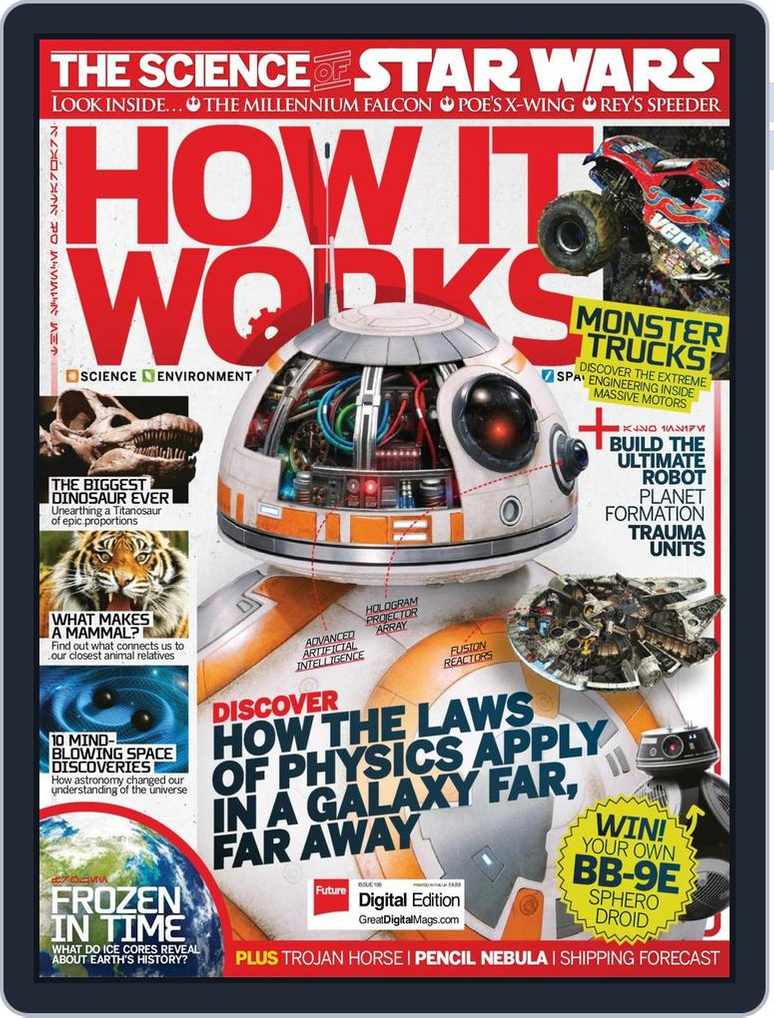This article highlights ten mind-blowing space discoveries that have revolutionized our understanding of the universe. The first discovery is the Big Bang theory, which explains the origin and evolution of the universe. Dark matter, an invisible substance inferred from its gravitational effects, has changed our understanding of the universe’s composition. Black holes, regions with strong gravitational forces, have provided insights into gravity and the curvature of space-time. The discovery of exoplanets has expanded our knowledge of planetary systems. Gravitational waves, ripples in space-time, confirm Einstein’s theory of relativity. Cosmic inflation, dark energy, neutron stars, the Hubble Deep Field images, and the multiverse theory are other notable discoveries discussed. These discoveries have deepened our appreciation for the complexity and vastness of the cosmos.
10 Mind-Blowing Space Discoveries That Changed Our Understanding of the Universe
1. The Big Bang
The discovery of the Big Bang theory revolutionized our understanding of the origin and evolution of the universe. This groundbreaking theory suggests that the universe began as a singularity, a point of infinite density and temperature, and has been expanding ever since. The evidence supporting this theory, such as the cosmic microwave background radiation and the observed redshift of distant galaxies, has provided astounding insights into the birth of the cosmos.
2. Dark Matter
Dark matter is an elusive substance that does not interact with light or other forms of electromagnetic radiation, making it invisible to our telescopes. Its existence was inferred from the gravitational effects it has on visible matter and the rotational velocities of galaxies. The discovery of dark matter has fundamentally changed our understanding of the universe’s composition, as it is thought to make up a significant portion of the total matter in the universe.
3. Black Holes
Black holes are regions of spacetime with extremely strong gravitational forces that nothing, not even light, can escape from. The concept of black holes was first proposed by Einstein’s theory of general relativity, but their existence was confirmed through various observations and experiments. These cosmic wonders have provided invaluable insights into gravity, the curvature of space-time, and the extreme physics associated with them.
4. Exoplanets
Until recently, the only planets we knew of were the ones in our own solar system. However, the discovery of exoplanets, planets orbiting stars outside our solar system, has expanded our understanding of planetary systems. With the help of advanced telescopes and observation techniques, scientists have found thousands of exoplanets, some of which may have the potential to support life as we know it.
5. Gravitational Waves
Gravitational waves are ripples in the fabric of spacetime caused by the acceleration of massive celestial objects, such as merging black holes or neutron stars. The direct detection of gravitational waves in 2015 confirmed a major prediction of Einstein’s theory of relativity and opened up a new way of observing and studying the universe. This discovery has allowed astronomers to probe astrophysical phenomena that were previously inaccessible.
6. Cosmic Inflation
Cosmic inflation is a theory that suggests the universe underwent a period of rapid expansion just moments after the Big Bang. This theory explains some of the observed properties of the universe, such as its large-scale structure and the even distribution of cosmic microwave background radiation. Although cosmic inflation is still being studied and refined, its discovery has provided profound insights into the early universe.
7. Dark Energy
Dark energy is another mysterious component of the universe that is responsible for its accelerated expansion. Its presence was first suggested to explain the unexpected observations of distant supernovae. Dark energy constitutes a significant portion of the universe’s energy density, and its discovery has raised numerous questions about the nature of this unknown force and its role in shaping the fate of the cosmos.
8. Neutron Stars
Neutron stars are incredibly dense remnants of massive stars that have undergone supernova explosions. They are composed almost entirely of neutrons and exhibit extreme qualities such as strong magnetic fields and rapid rotation. The discovery and study of neutron stars have significantly enhanced our understanding of stellar evolution, the behavior of matter under extreme conditions, and even the origin of elements heavier than iron.
9. Hubble Deep Field
The Hubble Deep Field images, captured by the Hubble Space Telescope, provided us with an unprecedented view of the universe’s distant galaxies. These images revealed an abundance of galaxies in various stages of formation, giving us insights into the early universe. The Hubble Deep Field observations have revolutionized our understanding of galaxy formation, stellar evolution, and the overall structure of the cosmos.
10. Multiverse Theory
The concept of a multiverse suggests that our universe is part of a larger ensemble of universes, each with its own unique physical properties. While still a highly speculative idea, the multiverse theory has gained popularity due to its ability to explain some puzzling aspects of our universe, such as its fine-tuned physical constants. If confirmed, the existence of a multiverse could revolutionize our understanding of reality and our place within it.
In conclusion, these ten mind-blowing space discoveries have not only expanded our knowledge of the universe but also challenged our existing understanding of how it functions. From the cosmic origins to the mysteries of dark matter and energy, each discovery has pushed the boundaries of exploration and deepened our appreciation for the vastness and complexity of the cosmos.
